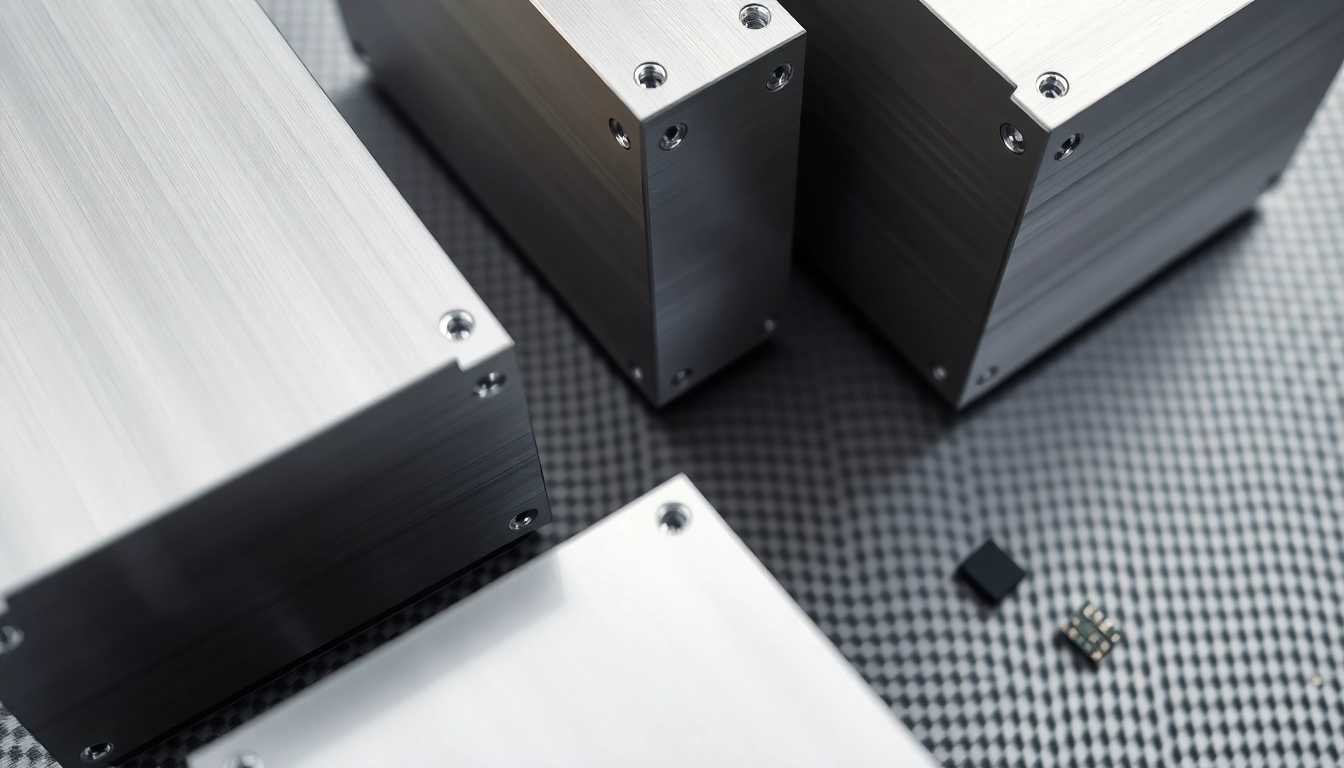Understanding the Benefits of a Server Refurbished System
In today’s fast-paced digital environment, businesses demand reliable, high-performance server infrastructure to support their critical applications and operations. One cost-effective solution gaining significant popularity is the server refurbished system. Refurbished servers are previously owned units that have been professionally restored to optimal working condition, offering a balance between quality and affordability. This approach not only reduces initial investment costs but also aligns with sustainability goals by extending the lifespan of enterprise hardware.
The advantages of choosing a server refurbished extend beyond mere cost savings. It provides access to enterprise-grade hardware that can handle demanding workloads, ensuring business continuity without sacrificing performance. Moreover, refurbished servers come with warranty options, tests for reliability, and certification standards, guaranteeing a level of quality comparable to new systems. As organizations increasingly prioritize eco-friendly practices, refurbished servers serve as an excellent choice to minimize environmental impact while maintaining an efficient IT infrastructure.
Key Features of Modern Refurbished Servers
Hardware Specifications and Performance Benchmarks
Contemporary refurbished servers are equipped with cutting-edge hardware components that meet current industry standards. They feature high-performance processors such as Intel Xeon or AMD Ryzen PRO, substantial DDR4 RAM capacity, and fast storage options including SSDs, NVMe drives, and advanced RAID configurations. For example, servers with dual socket configurations and multiple cores enable multitasking and virtualization, essential for data centers and enterprise environments. Benchmark tests consistently show that modern refurbished servers deliver comparable performance to new equipment in terms of throughput, uptime, and scalability.
Pre-Installation Testing and Certification Standards
Reputable refurbishers employ rigorous testing protocols to ensure each server meets strict quality and performance standards before sale. These include stress testing, diagnostics, component testing, and validation against industry certifications, such as ISO standards. Certification guarantees that hardware components like motherboards, power supplies, and drives are fully functional, reducing the risk of failure post-deployment. Additionally, standard testing for compatibility with the latest network and storage technologies ensures the refurbished servers can seamlessly integrate into existing infrastructure.
Compatibility with Latest Network Technologies
Modern refurbished servers support advanced network interfaces such as 10Gb Ethernet, PCIe 4.0, and NVMe connectivity, ensuring they remain compatible with current and future networking requirements. Features like dual-port controllers, Tri-Mode storage (SAS/SATA/NVMe), and support for high-speed SFP28 interfaces allow for high bandwidth data transfer, crucial for big data, cloud computing, and virtualization workloads. This future-proof compatibility extends the lifespan of the hardware and lowers the total cost of ownership.
Guidelines for Purchasing a Refurbished Server
Assessing Seller Reputation and Customer Reviews
Selecting a trustworthy seller is paramount when investing in a refurbished server. Evaluate their reputation through customer reviews, industry certifications, and testimonials. Reputable vendors provide transparent information about the refurbishment process, warranty, and return policies. Look for specialists who offer detailed diagnostic reports, genuine parts, and after-sale support. Online platforms like The Server Store and dedicated refurbishers such as SaveMyServer and ServerMonkey have established credibility through years of quality assurance and customer satisfaction.
Custom Configuration and Upgrade Options
One of the key benefits of buying a refurbished server is the ability to tailor hardware specifications to suit specific needs. Many vendors offer custom configuration options, including processor upgrades, increased RAM, larger storage capacity, and additional network interface cards. Upgrades can significantly improve system performance and scalability, enabling organizations to adapt to evolving requirements. For example, upgrading to dual Intel Xeon Gold processors or adding NVMe drives optimizes for intensive workloads such as virtualization, database management, and high-performance computing.
Post-Purchase Support and Warranty Services
Reliable post-sale support is essential for ensuring your refurbished server operates smoothly over its lifespan. Reputable vendors often provide warranties ranging from 1 to 3 years, covering hardware replacement and technical assistance. Support services may include remote diagnostics, urgent repairs, and firmware updates. Confirm the vendor’s support policies and their availability response times. An extended warranty or service contract minimizes downtime and maximizes return on your investment, providing peace of mind for your IT operations.
Implementation Tips for Seamless Integration
Network Configuration and Security Measures
Effective integration of refurbished servers into existing networks requires meticulous planning. Configure network settings, VLANs, and security protocols—such as firewalls, VPNs, and encryption—to safeguard data and prevent unauthorized access. Ensuring compatibility with the latest network standards, including 10Gb Ethernet and flexible multi-mode configurations, enhances overall performance. Regular firmware and BIOS updates from trusted sources also improve system security and stability.
Data Migration Best Practices
Transitioning to a refurbished server involves careful data migration planning. Establish a comprehensive backup strategy, utilize reliable migration tools, and verify data integrity post-transfer. Minimizing downtime is achieved through phased migration, testing, and validation in controlled environments. Properly configuring RAID arrays and storage controllers ensures data redundancy and resilience against hardware failures.
Optimizing Performance and Maintenance
To maximize performance, routinely monitor system metrics such as CPU utilization, disk health, and network throughput. Implement proactive maintenance routines, including updates to firmware, cleaning airflow systems, and replacing aging components before failure occurs. Employ management tools compatible with modern hardware to automate updates and diagnostics, thus reducing operational costs and extending hardware lifespan.
Measuring Success and Return on Investment
Monitoring System Uptime and Reliability
Continuous monitoring with tools like SNMP or proprietary management systems allows you to track uptime, detect faults early, and schedule preventive maintenance. High reliability of refurbished servers, validated through comprehensive testing, translates into improved service availability and reduced downtime costs.
Cost Efficiency & Energy Consumption Analysis
Analyzing operational costs, including energy consumption, is vital for evaluating ROI. Modern refurbished servers feature energy-efficient components that lower power bills. Comparing data on load and idle power consumption helps optimize operational parameters—such as adjusting cooling systems—further reducing expenses.
Scalability Planning for Future Growth
Effective scalability involves selecting hardware that can be upgraded or expanded easily. Modular design features like additional drive bays, PCIe slots, and network ports facilitate growth without requiring complete infrastructure overhaul. Future-proofing your server environment ensures you can scale dynamically, supporting business expansion with minimal disruption.



